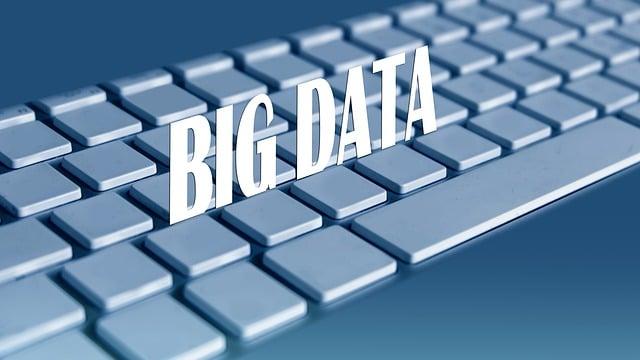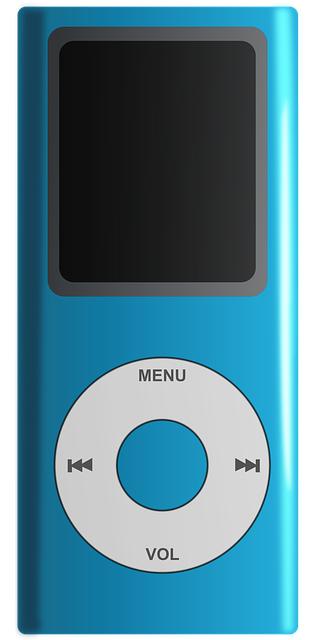Imagine this: You’re walking down the street, earbuds nestled in, lost in your favorite tunes, when suddenly, a friend approaches and asks, “What are you listening to?” You respond with pride, “Oh, it’s just an MP3.” But wait—what exactly are you talking about? Is it just music, or is it something more? The world of digital media is vast and often confusing, blurring the lines between audio and video in a way that leaves many scratching their heads. In this article, we’ll dive into the fascinating realm of MP3s, exploring their definition, utility, and how they fit into the broader landscape of multimedia. So, buckle up as we unravel this digital enigma and discover whether MP3s are merely audio, a video format in disguise, or perhaps a unique blend of both.
Understanding the Essence of MP3 as an Audio Format
MP3, short for MPEG Audio Layer III, has become synonymous with digital audio. But what gives it its unique charm? Well, the magic lies in its ability to compress sound files without sacrificing much quality. Imagine packing your suitcase efficiently for a weekend trip; that’s similar to what MP3 does with audio. It trims away unnecessary bits while retaining the essence of the music or sound, allowing you to store and share hundreds of tunes without hogging all your storage space. For those who remember the days of bulky CDs and cassette tapes, the MP3 format feels like a breath of fresh air, making music more accessible than ever.
Think of it this way: MP3 works like a well-trained chef who knows just the right ingredients to keep the dish tasty while omitting the less important ones. This audio format achieves a harmonious balance between sound quality and file size. It’s not just about listening; it’s about experiencing audio! There are various bit rates offered in MP3, allowing you to choose between higher quality or a smaller file size depending on your needs. Here’s a quick glance at the relationship between bit rates and quality:
| Bit Rate (kbps) | Sound Quality | File Size (approx. for 3-minute song) |
|---|---|---|
| 128 | Good | 3 MB |
| 192 | Better | 4.5 MB |
| 320 | Best | 7 MB |
Ultimately, the choice of bit rate reflects a delicate interplay between quality and quantity, making the MP3 format both practical and versatile for audio enthusiasts and casual listeners alike.
The Role of Compression in MP3: Quality vs. File Size

When it comes to sound files, MP3 is a household name, but have you ever stopped to think about what makes it tick? At the heart of this format lies compression, a neat trick that allows huge audio files to shrink down to a fraction of their original size. Think of it like packing for a trip: you can only take so much luggage, so you fold and cram to make it fit. This process is all about finding the sweet spot between maintaining audio quality and minimizing space on your device. While compression makes MP3s convenient for our travel-ready playlists, it does come at a cost. The more you compress, the more you might sacrifice audio fidelity, resulting in a change in sound quality that can be noticeable, especially on high-end audio equipment.
However, not all compression is created equal. There are different levels of compression, each with its own impact on audio quality and file size. Here are some factors that come into play:
- Bitrate: Higher bitrates generally mean better quality, but larger files.
- Lossy vs. Lossless: MP3 is lossy, so some sound data is permanently removed.
- Encoding settings: Different settings can optimize for quality or size as desired.
Ultimately, the right balance really depends on your listening context. If you’re jamming out on your commute, a lower bitrate may suffice; but, if you’re an audiophile at home, you might crave that richer sound that only a higher quality file can provide. It’s kind of like choosing between a quick snack or a gourmet meal—both are satisfying in their own way, but only one will make your taste buds sing!
Exploring the Limitations of MP3 in Modern Multimedia

When diving into the realm of modern multimedia, the limitations of MP3 become quite apparent. Sure, this audio format revolutionized how we consume music, making it easy to share and accessible on nearly all devices. However, as we groove further into an age of high-definition and immersive experiences, MP3’s constraints start to stand out. First off, its compression techniques, while great for saving space, often result in a loss of audio quality that can leave audiophiles feeling unsatisfied. Many users have embraced lossless formats like FLAC or ALAC that preserve the nuances and intricacies of recordings, emphasizing the importance of every whisper and beat that MP3 tends to discard.
Furthermore, let’s not ignore the evolving landscape of audio-visual content. With the rise of platforms that combine sound and visuals, like video podcasts or streaming performances, the MP3 format’s singular focus on audio seems almost outdated. It’s akin to trying to enjoy a sumptuous meal while wearing a blindfold—you’re missing so much! Additionally, its inability to encapsulate multi-channel audio configurations or enhanced surround sound renders MP3 impractical for today’s sophisticated listening environments. Though MP3 may have paved the road for digital audio, it’s becoming increasingly clear that this format is no longer sufficient to meet the demands of a multimedia-driven world where quality and versatility reign supreme.
| Feature | MP3 | FLAC |
|---|---|---|
| Compression Type | Lossy | Lossless |
| File Size | Smaller | Larger |
| Audio Quality | Reduced | Preserved |
Navigating Alternatives: What Other Formats Can Offer

When considering alternatives to MP3, it’s like taking a scenic detour on the audio highway—there are plenty of pathways to explore. First up, we have FLAC (Free Lossless Audio Codec), a format that maintains the quality of your sound without the sacrifices that come with compression. Think of it as perfectly preserving your favorite wine in a crystal bottle—every note, every nuance, just as it was intended. Then there’s the modern media darling, WAV (Waveform Audio File Format), offering high-quality audio at the expense of file size. Picture it like a heavyweight champion; it may be formidable and full of substance, but good luck fitting it in your pocket! And if you’re looking to dance with something more dynamic, AAC (Advanced Audio Codec) often outperforms MP3 in terms of quality at lower bit rates, making it a popular choice for streaming services.
In the realm of video, where audio is often paired with visuals, MP4 stands out as a versatile contender. This format allows for compressed audio and video together, akin to a perfect duet. It’s widely used for videos across platforms, giving the audience a full sensory experience without burning through storage. For those keen on immersive experiences, Dolby Atmos offers a 3D soundscape that transforms how we perceive audio in films and games. Imagine being in the middle of an orchestra, where sound moves around you—it’s all about creating a feeling that hugs you from all sides. With numerous formats to choose from, each with its strengths, the audio landscape is a vibrant tapestry, promising something for everyone.
The Way Forward
As we wrap up our exploration of the enigmatic MP3 format, it’s clear that this digital audio powerhouse occupies a unique space in the multimedia realm. While it’s firmly rooted in sound, transcending mere audio files to become an integral part of our daily lives, MP3s also pave the way for innovative possibilities in video formats and streaming. It’s a bit like a chameleon, don’t you think? Adapting to our needs while ensuring that our playlists are packed and our podcasts are seamless.
whether you view MP3s as an audio miracle or a stepping stone to something greater, one thing remains certain: they’ve left an indelible mark on how we consume sound. So, the next time you hit play on your favorite track, take a moment to appreciate the intricate web of technology that makes it all possible. After all, in the ever-evolving world of digital media, the lines between audio, video, and everything in between continue to blur, creating a rich tapestry of experiences that shapes how we connect with the world. What do you think? Is MP3 simply audio, or is it a gateway to something even more captivating? The discussion continues, and we’re eager to hear your take!



